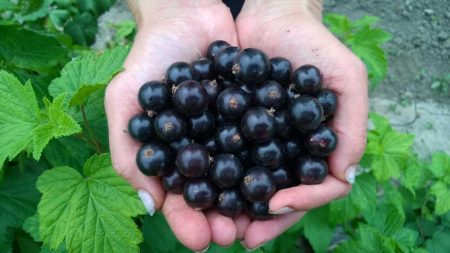
Currant is a unique plant that is rich in vitamins. It does not require serious care, and in addition to watering and pruning, it is also important to properly feed the plant. Proper feeding will increase the quantity and improve the quality of the crop. August is the period when the currant forms kidneys for the next year.
Content
Why is feeding in August necessary?
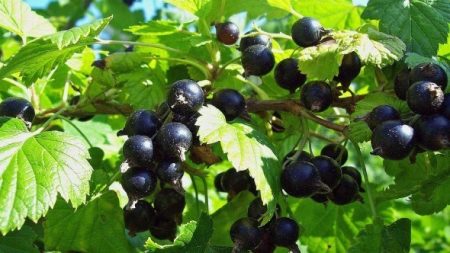
Throughout the year, the plant spent a lot of strength and energy on the formation of the berry. The plant sucked out all the nutrients and nutrients from the earth. As a result, the soil around the plant has become depleted, and requires fertilizing.
After harvesting, fertilizer must be applied to the soil in order to prepare it for winter. Indeed, over the course of a year, a shrub picks up useful substances from the earth for the formation of green mass, for flowering and the formation of fruits. In part, these beneficial substances enter the plant after root decay. But this is not enough to maintain the yield of currants at a high level.
Topping up the currant bush in August occurs when:
- The plant has been growing for more than three years and before that they did not contribute anything to the soil. During this time, the bush managed to pick up all substances from the soil, and the soil became depleted.
- Great fruiting, which means that a lot of effort has been spent on the formation of berries.
The collection of ripe berries falls at the end of July - beginning of August. But feeding after fruiting is called autumn, as gardeners bring it in late August or early September.
How to feed currants in August
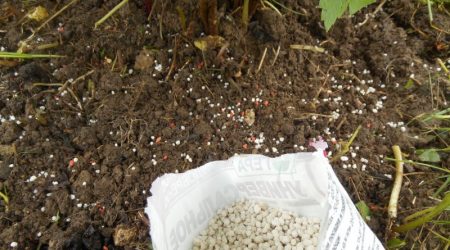
To obtain full-fledged nutrients in currants, top dressing must be done in two ways:
- mineral additives;
- organic matter.
Only a combination of two types of fertilizing will allow the bush to develop fully and well. For lazy gardeners there are complex fertilizers for feeding bushes in August. They already contain phosphorus, potassium and a little nitrogen.
The use of mineral fertilizers
In August, superphosphates, potassium salt or potassium sulfate are used as mineral mixtures for feeding currant bush.
You can not use mineral nitrogen in August-September, since it quickly penetrates the tissues of the plant and stimulates its growth.
Superphosphate is applied in liquid form. To do this, dissolve 10 grams of urea or nitrate in a bucket of water. Then add there 20 grams of potassium salt or potassium sulfate and 40 grams of superphosphate. For bushes that are more than 3 years old, 5 liters of liquid are needed. For young bushes, 2 liters is enough.
Of phosphate fertilizers, phosphorite flour or horn shavings can be used. But since such substances decompose for a long time, they must be introduced once every 4 years. Phosphorous substances reduce the acidity of the soil, making it neutral.
The use of organics
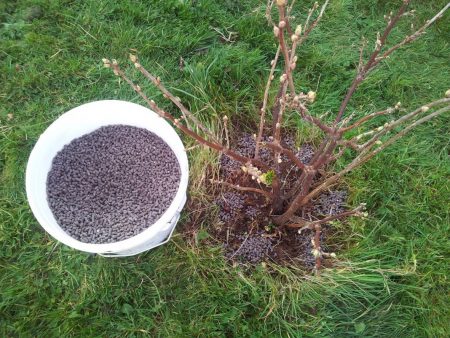
Organic fertilizers are designed to improve the biological performance of the soil. During this period, preference is given to phosphorus and potassium top dressing. Two weeks after picking berries, organic fertilizers can be applied. It could be:
- infusion of ash;
- humus;
- compost;
- siderates.
A fertilizer containing ash provides the plant with calcium, boron, zinc, copper and magnesium.
When burning hardwood, ash is formed in which there is more potassium, and when burning coniferous trees - phosphorus.
In late summer - early autumn, using fresh humus is not recommended. Under each tree you need to pour up to 6 kg of good humus or high-quality compost. You can use chicken droppings. If in dry form, then 1 kg is enough for one bush, and if you make a solution, then with a ratio of 1:15.
Siderata began to be used in the household, which would be ready for use only two months after sowing. As siderates, peas, white mustard, phacelia or lupine are suitable. They are planted around the bushes.
Fertilization Rules
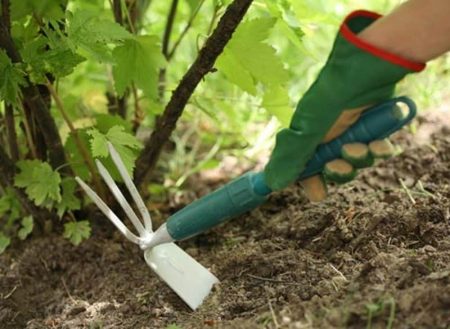
Mineral fertilizers are pre-dissolved in water, then make a recess in the soil, where they pour the solution, which they drip with earth.
Organic fertilizers are applied both in dry form and as a solution. Siderates are used in various ways:
- Sow around the plants. After two months, mow and dig up the soil.
- Mowed grass is instilled in another place, leaving only the root part for the currant.
- Do not mow the grass. In winter, it rots and gives fertilizer.
- Siderata is used as mulch, covering it from above with leaves, straw or sawdust.
Gardener tips
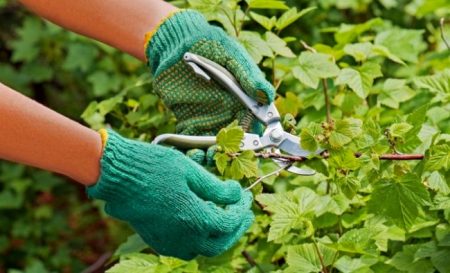
There are also folk recipes that feed currants. Popular include:
- Potato peelings. They are soaked in water, and then laid out in a previously prepared furrow near the bushes.
- Bread Mash. One bucket will need a third of the leftover bread. A bucket is filled with water and 50 grams of old jam or simple sugar is added. As soon as the mass has fermented, it can be used as a top dressing, introduced into a previously prepared furrow.
- Yeast. For 10 liters of water, 0.5 kg of baker's or brewer's yeast is needed. To get the mash, 50 grams of sugar is added to the yeast diluted in a bucket. One bush will need 10 liters.
Conclusion
Young currant bushes do not need serious dressing. But in order to get large berries from bushes that are more than three years old, it is important to fertilize in a timely manner. Then the need for transplanting the plant will disappear. With proper fertilizer, the currant bush will yield a rich harvest for 15 years.
There are two types of top dressing: with the help of organics and mineral fertilizers. Gardeners recommend folk recipes for complementary foods.
After harvesting, complementary foods provide the currants with immunity and frost resistance, laying the foundation for the harvest next year. In addition, autumn dressing strengthens the root system and stimulates plant growth.

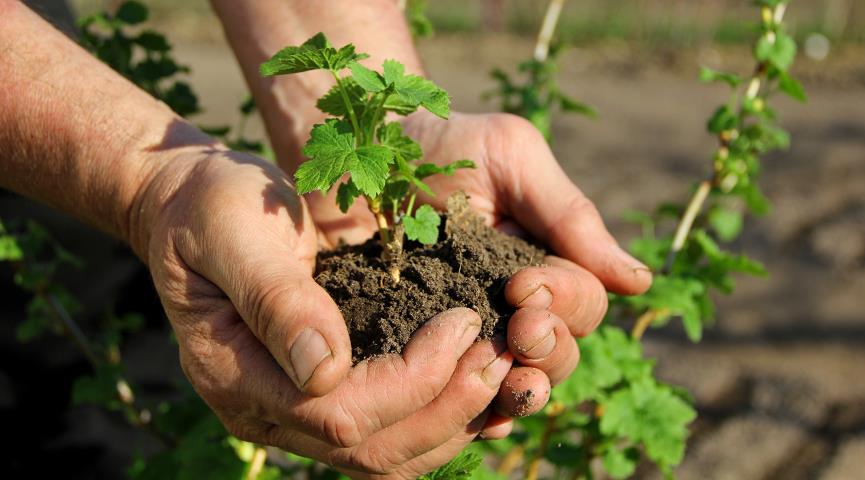
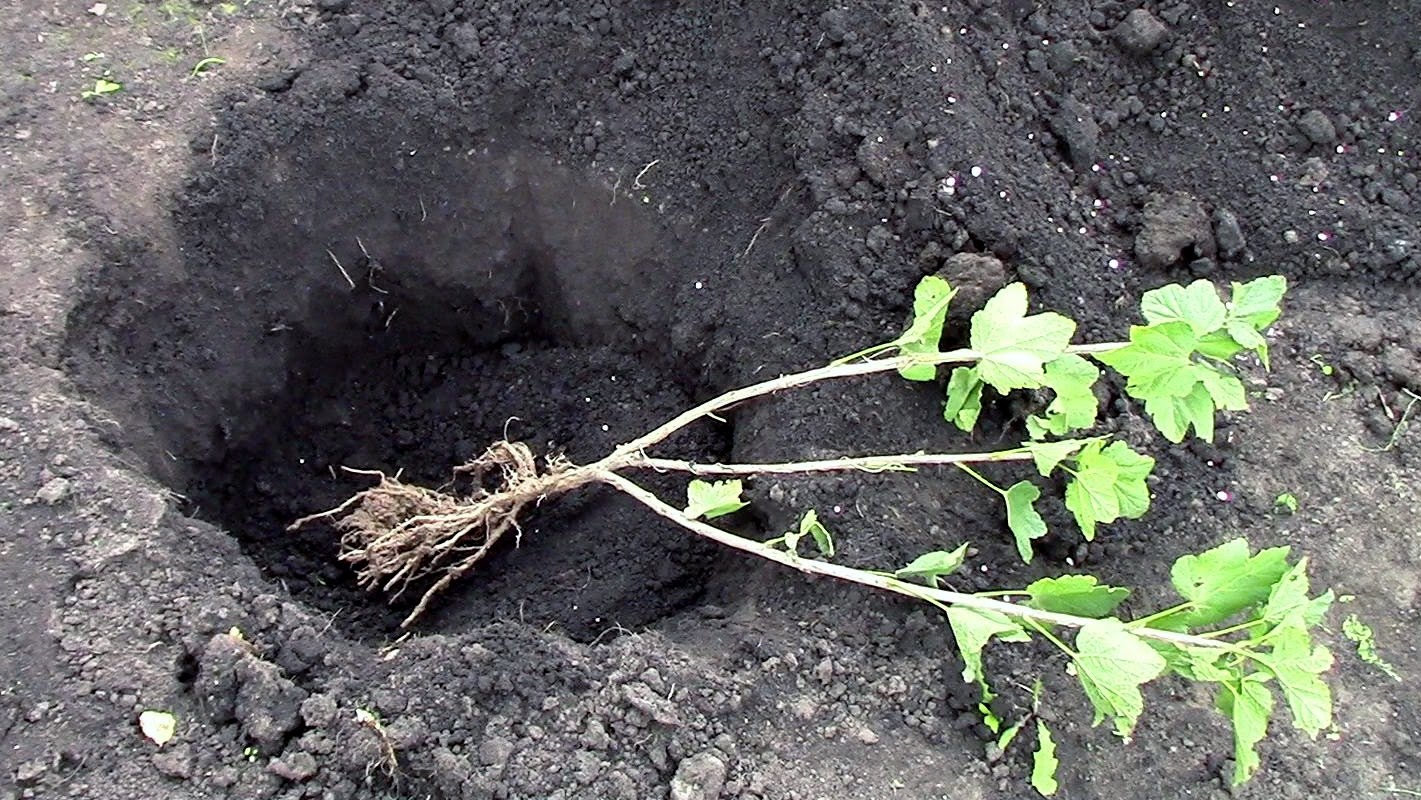
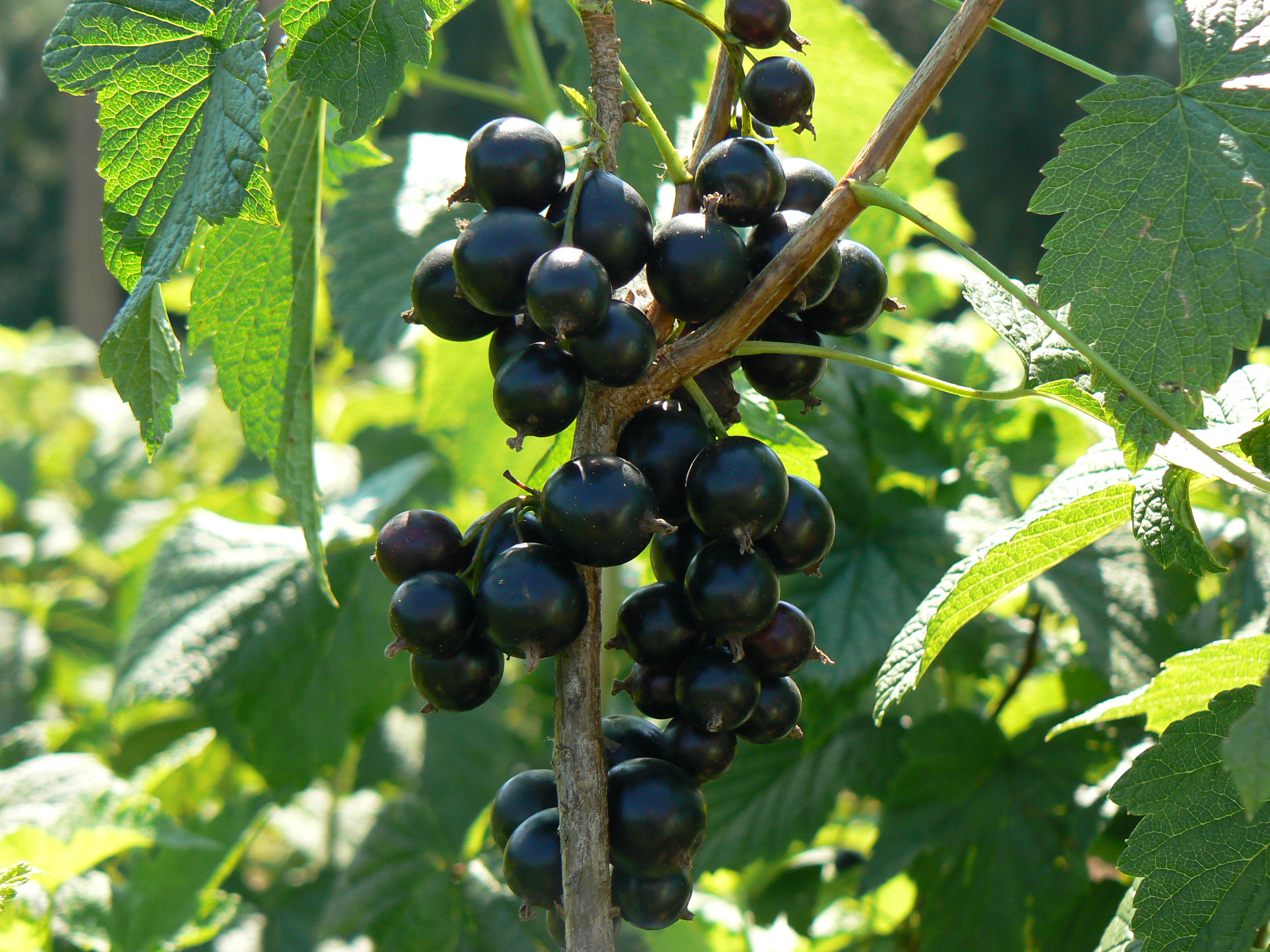
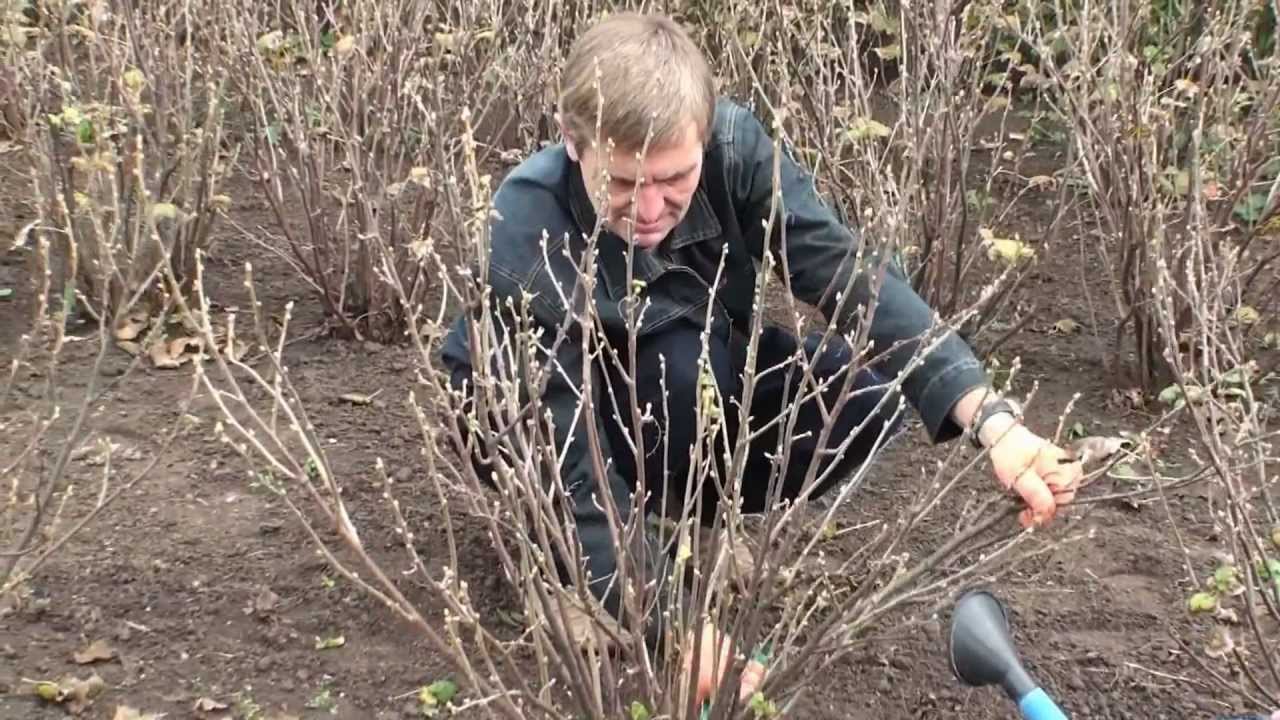 Autumn currant pruning scheme for beginners
Autumn currant pruning scheme for beginners Currant care in autumn and preparation of bushes for winter
Currant care in autumn and preparation of bushes for winter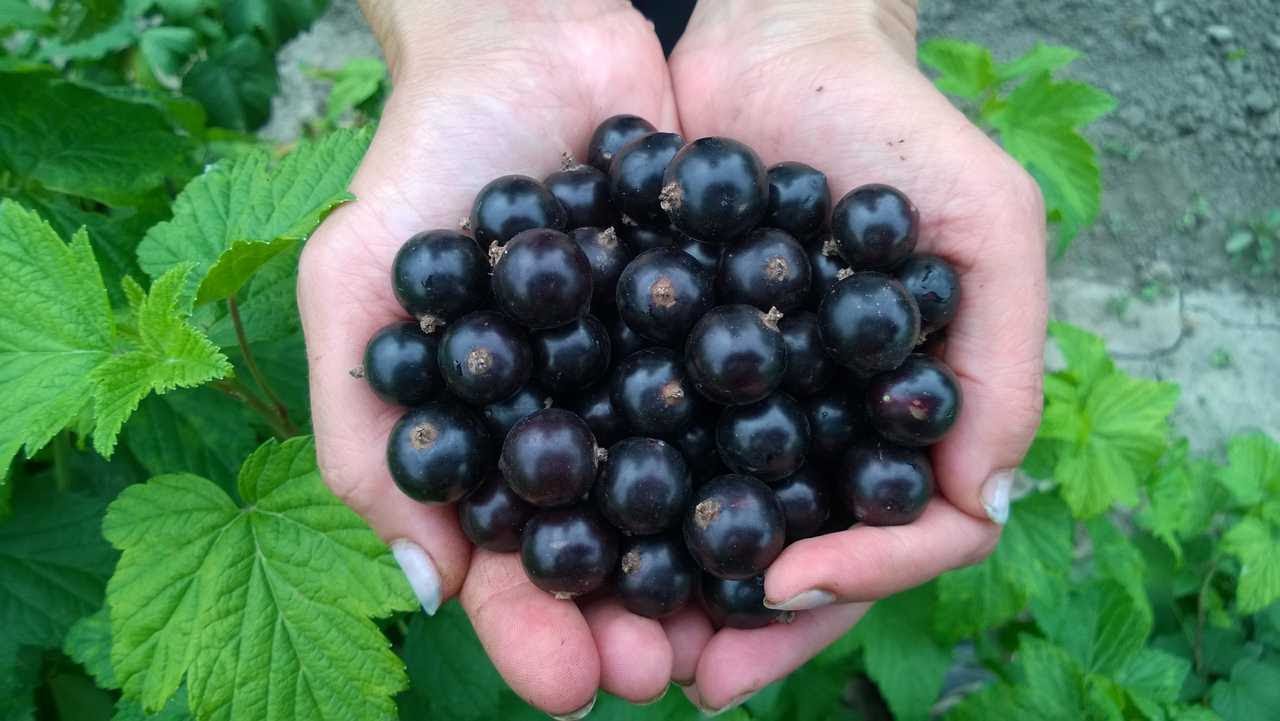 It's time to feed the currants - the best feeding
It's time to feed the currants - the best feeding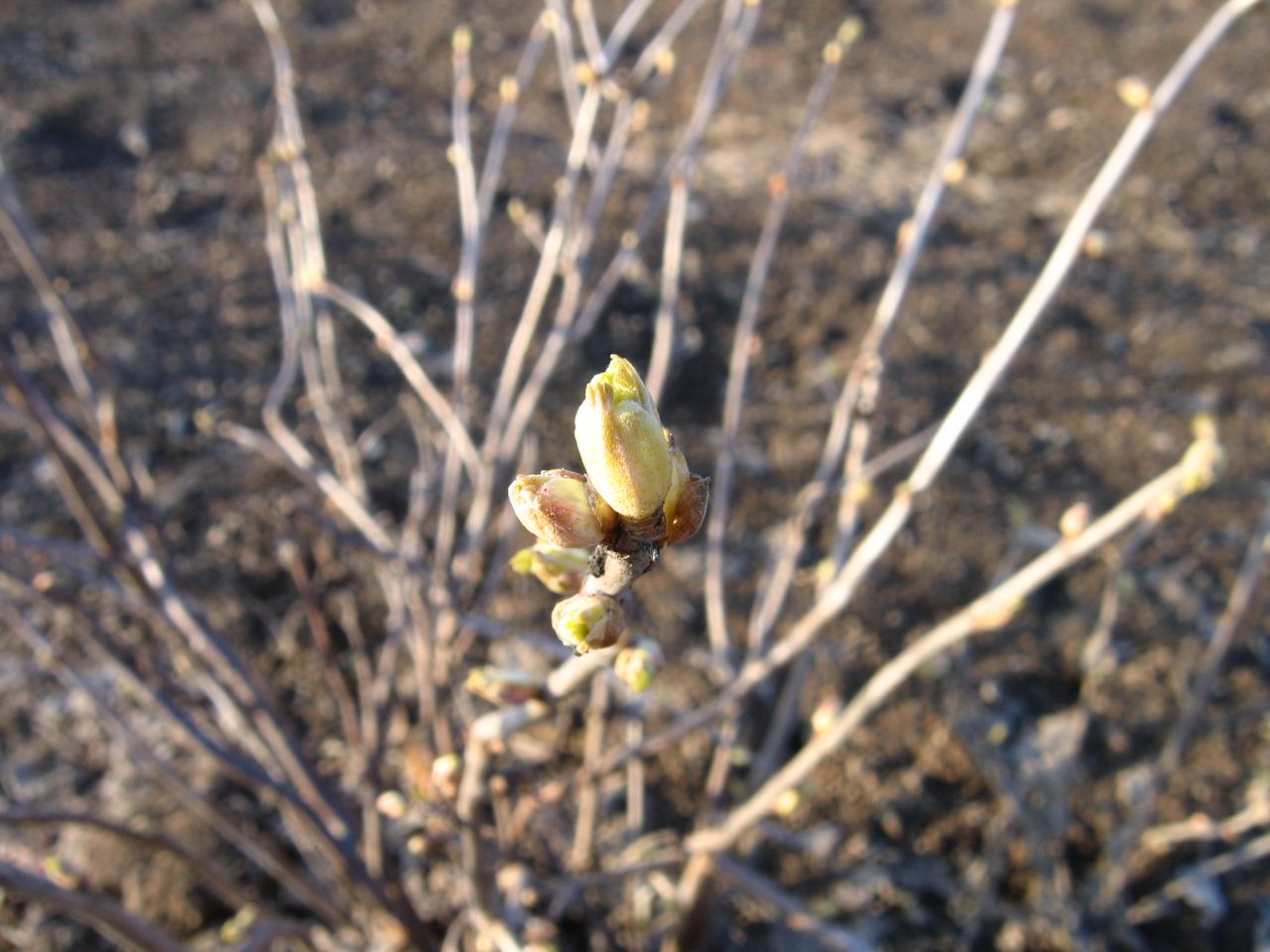 Spring treatment of currants from pests and diseases
Spring treatment of currants from pests and diseases